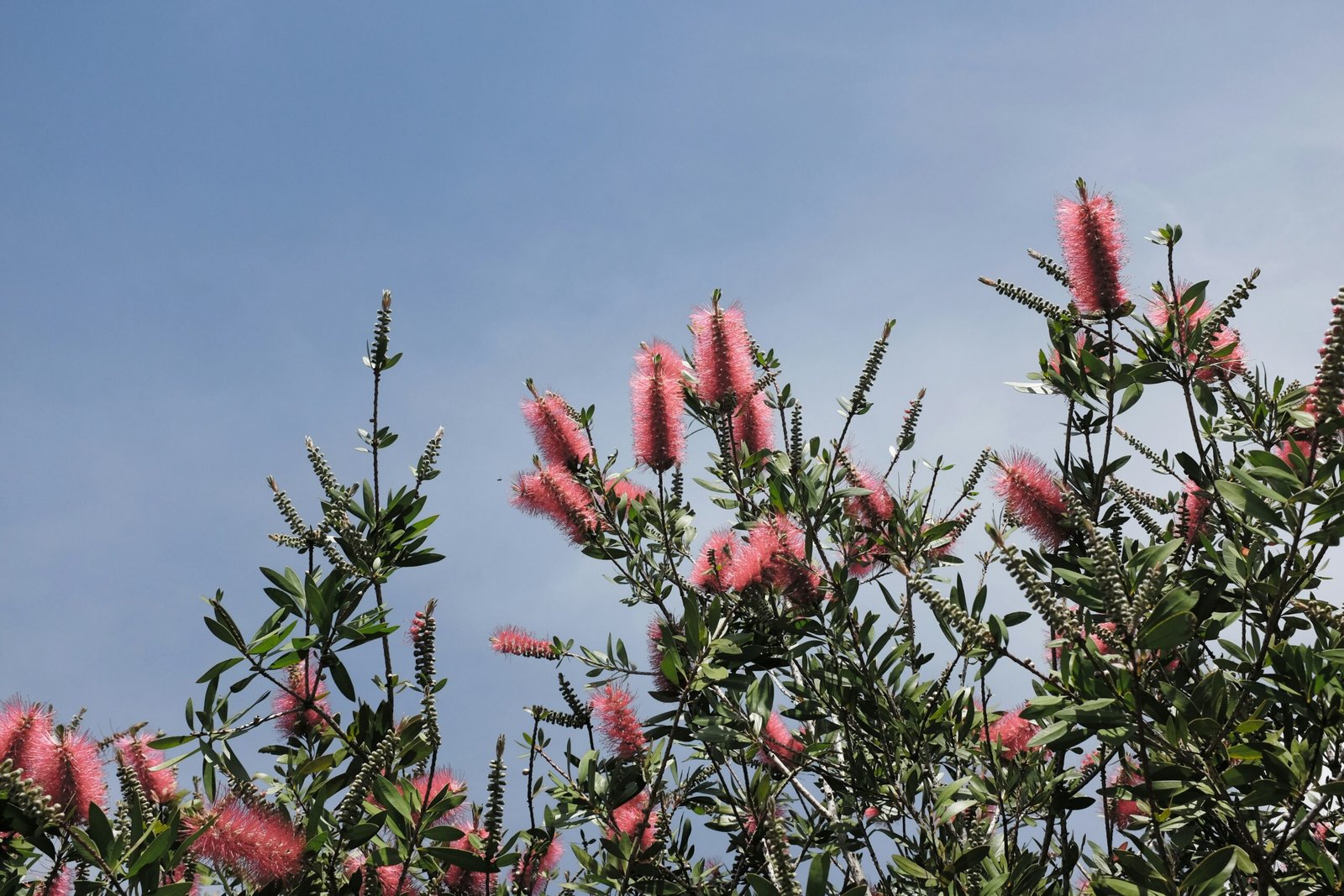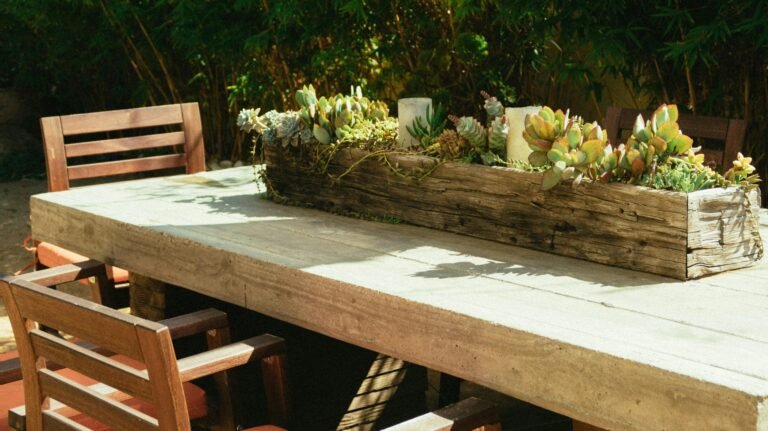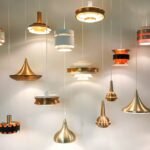You’ve stood in the garden centre aisle, staring at a sea of glossy plant tags, wondering what to pick. You want something that’ll survive more than a season. You’d like it to attract bees and butterflies. And if it could look nice without needing hours of maintenance? Even better.
But instead, you walk away confused. What’s actually good for your garden — and what’s just good marketing?
If that sounds familiar, you’re not alone. Most garden advice doesn’t tell you that many popular plants are, well… not great for your garden or the environment. They might look pretty in a pot, but they guzzle water, attract zero wildlife, and often die off because they’re not meant to grow in your region.
That’s where native plants come in. And no — they’re not just “wild” or “boring”. In fact, they might be the best-kept secret to a beautiful, low-maintenance garden that actually thrives.
In this guide, you’ll learn why native plants deserve a spot in your garden, what makes them special, and which ones to grow depending on where you live. Let’s make your garden work smarter, not harder.
1. The Problem with Non-Native Plants
Let’s start with the plants most people already have in their gardens — the ones picked for their colour, their shape, or just because they were on sale at the local nursery.
Here’s the issue: most of them aren’t meant to grow where you live.
Non-native plants (also called exotic or ornamental plants) often come from completely different climates, with different soil, rainfall, and wildlife. They’re sold everywhere because they look nice — not because they’re a good fit for your garden.
That mismatch comes with real problems:
- They’re high-maintenance. You’ll need to water them more, feed them more, and constantly monitor for pests and disease.
- They don’t support local wildlife. Bees, butterflies, and birds don’t recognise them as food or habitat.
- They can become invasive. Some spread aggressively, choking out native species and harming ecosystems.
Think of it this way: planting non-natives is like filling your fridge with exotic ingredients but no idea how to cook with them. It might look good, but it doesn’t work.
If you’ve been frustrated with your garden or wondering why certain plants just keep dying — this could be the root cause.
2. What Are Native Plants, Really?
So, what actually counts as a native plant?
Put simply, a native plant is one that has grown naturally in a specific region for thousands of years — long before humans started importing plants from all over the world. These are the plants that evolved alongside local wildlife, soil conditions, and climate patterns.
They weren’t bred in greenhouses or flown in from overseas. They belong to the place.
Here’s a quick way to think about it:
- A native plant in the UK might be something like field scabious or dog rose.
- In the US, it could be purple coneflower or milkweed.
- In Australia, think of kangaroo grass or grevillea.
Native doesn’t mean “wild-looking” or “messy”. And it doesn’t mean you’re limited to a dull green palette. There’s incredible variety — from flowering perennials to grasses, shrubs, and even trees.
And because they’re adapted to your local conditions, they tend to:
- Thrive with less water
- Resist pests naturally
- Bounce back after harsh weather
In short, native plants work with nature, not against it.
3. Why Native Plants Belong in Your Garden
Let’s get to the heart of it: what makes native plants such a smart choice?
1. They’re low-maintenance (in the best way)
Native plants are already tuned into your local weather, soil, and rainfall. That means no pampering. You won’t need to constantly water, fertilise, or shield them from pests. They just grow — the way plants are meant to.
2. They support local wildlife
This is a big one. Native plants provide food, shelter, and breeding grounds for native birds, bees, butterflies, and other pollinators. In fact, many of these animals rely entirely on native species to survive.
No pollinators = no food = no life. It’s that simple.
3. They’re more resilient
Droughts, storms, cold snaps — native plants have been dealing with it all for thousands of years. They’re naturally tougher and less likely to collapse at the first sign of trouble.
4. They protect your local ecosystem
Because they’re part of the natural balance, native plants don’t throw ecosystems out of sync the way non-native or invasive species can. They stop erosion, improve soil health, and work in harmony with the environment.
5. They save you money
Less water. Fewer chemicals. Minimal upkeep. Native gardens cost less to maintain over time — and often look better with age.
So if you want a garden that’s beautiful, sustainable, and actually works, native plants aren’t just a good idea — they’re the obvious one.
4. But Will It Still Look Good?
Let’s address the elephant in the garden: you might be thinking, “Sure, native plants sound practical, but are they actually attractive?”
The short answer? Absolutely. Native doesn’t mean scruffy.
It’s a myth that native plants look weedy or boring. The truth is, many are just as colourful, sculptural, and show-stopping as anything you’d find in a designer garden — they just don’t always get the spotlight in garden centres.
Think:
- Vibrant wildflowers that bloom for months
- Architectural grasses that sway in the breeze
- Fragrant herbs that attract bees and butterflies
- Shrubs with striking berries or autumn colour
What makes a garden beautiful isn’t whether the plants are native or exotic — it’s how they’re combined. With a little planning, you can build borders, beds, or even balcony pots that look stunning and still support local ecosystems.
Plus, there’s something quietly powerful about knowing your garden belongs. That it’s rooted in your landscape, not fighting against it.
A beautiful garden shouldn’t cost the earth — and with native plants, it doesn’t have to.
5. Best Native Plants to Grow (By Region)
There’s no one-size-fits-all list for native plants — and that’s kind of the point. What thrives in the UK won’t survive in Australia, and vice versa. So here’s a quick look at some standout native plants by region. These are reliable, widely available, and beginner-friendly.
🇬🇧 United Kingdom
- Foxglove (Digitalis purpurea) – Tall spikes, perfect for shady spots, and loved by bees.
- Field Scabious (Knautia arvensis) – Lavender-blue flowers that bloom for months and attract butterflies.
- Dog Rose (Rosa canina) – Delicate pink blooms followed by red hips that birds adore.
- Yarrow (Achillea millefolium) – Flat-topped clusters in white or pink, drought-tolerant and tough.
- Meadowsweet (Filipendula ulmaria) – Frothy, scented flowers that thrive in damp soil.
🇺🇸 United States (General temperate regions)
- Purple Coneflower (Echinacea purpurea) – Bold, easy, and brilliant for pollinators.
- Milkweed (Asclepias spp.) – Essential for monarch butterflies.
- Black-Eyed Susan (Rudbeckia hirta) – Cheery yellow petals, low-maintenance.
- Little Bluestem (Schizachyrium scoparium) – Ornamental grass with a striking autumn hue.
- Bee Balm (Monarda fistulosa) – Fragrant, flowering magnet for hummingbirds and bees.
🇦🇺 Australia
- Grevillea (Grevillea spp.) – Spidery flowers in vivid colours, attracts nectar-feeders.
- Kangaroo Grass (Themeda triandra) – Hardy, elegant grass that supports native insects.
- Billy Buttons (Craspedia globosa) – Round yellow blooms, perfect for garden borders.
- Banksia (Banksia spp.) – Iconic Aussie shrubs with bold flowers and textures.
- Wattle (Acacia spp.) – Australia’s floral emblem, bright and pollinator-friendly.
💡 Tip: Want to go even more local? Search “[your city] + native plant list” or check with local councils or native plant societies. They often offer free guides.
6. Where to Find Native Plants
You’re sold on the idea. But where do you actually get native plants?
Here’s the good news: you don’t need to hunt through obscure suppliers or hike into the bush. Native plants are becoming more accessible — you just need to know where to look.
🌱 Start local
Your best bet is a native plant nursery or local garden centre that specialises in region-specific species. These places often grow plants from local seed stock, which means they’re well adapted to your area.
Ask staff:
- “Which plants here are native to this region?”
- “Which ones are best for pollinators?”
- “Which require the least watering?”
🔍 Use online directories
In many countries, there are databases or networks to help you find native plants by postcode or region:
- UK – Check out the RHS plant finder or Wildlife Trust resources.
- US – Use the Native Plant Finder by the National Wildlife Federation or plant lists from state extension services.
- Australia – Look at PlantSelector+ (NSW), Grow Me Instead, or talk to Landcare groups.
👥 Community sources
Don’t overlook:
- Native plant societies – often run sales, swaps, or have free resources.
- Local councils or botanic gardens – may offer free seedlings or advice.
- Neighbours – some of the best native plant cuttings come from down the street.
🚫 What to avoid
Watch out for:
- Generic “wildflower mixes” – often include non-natives or even invasives.
- Big box stores – they’re improving, but many still stock exotic plants labelled vaguely as “pollinator-friendly” or “hardy”.
7. Wrap-Up: Why This Matters (and Where to Start)
Here’s the truth: your garden doesn’t exist in a vacuum. Every plant you choose either works with the environment — or against it.
By choosing native plants, you’re not just filling space. You’re:
- Creating habitat for bees, butterflies, and birds.
- Reducing your water use and cutting back on chemical fertilisers.
- Building a garden that’s more beautiful, more resilient, and less work.
And no, you don’t have to rip everything out and start from scratch. You can start small. Add one or two native plants this season. See what thrives. Notice what shows up — the insects, the birds, the shift in how your garden feels.
It’s not just about planting. It’s about reconnecting.
Native plants don’t just belong in the wild — they belong right outside your door.
Alex is the creator of Homely Haven, a space dedicated to simple, stylish ideas for interiors and gardens alike. With a passion for cozy living rooms, inviting outdoor spaces, and practical DIY solutions, Alex shares tips and guides that help turn any house into a true home.
From budget-friendly decorating hacks to weekend garden projects, the goal is always the same: to inspire you to create spaces that feel personal, beautiful, and welcoming. When not writing, Alex is usually rearranging furniture, sketching new garden layouts, or exploring design trends for the next project.








